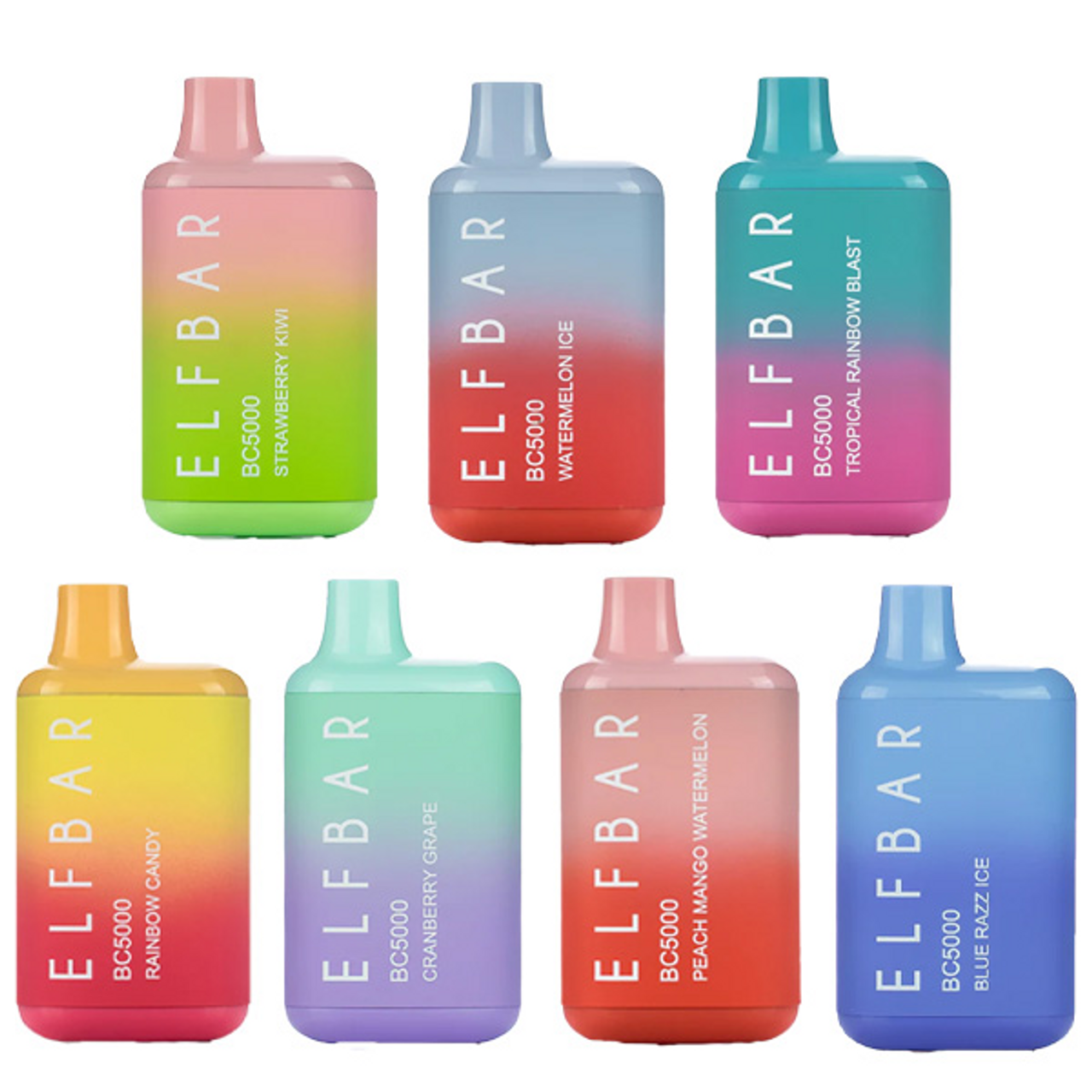In recent years, vaping has garnered significant attention, accompanied by a plethora of myths and misconceptions surrounding Disposable vapes and e-cigarettes. These myths often cloud the truth about vaping, leading to confusion and misinformation among the public. In this article, we’ll debunk common Disposable vape myths and clarify the reality behind vaping to provide a better understanding of this popular alternative to smoking.
Myth 1: Vaping is Just as Harmful as Smoking
Fact: Contrary to popular belief, vaping is not as harmful as smoking traditional cigarettes. Unlike smoking, which involves combustion and the inhalation of harmful tar and toxins, vaping heats e-liquid to produce vapor, which contains fewer harmful chemicals. Numerous studies have shown that vaping is significantly less harmful than smoking and can be an effective smoking cessation tool for individuals looking to quit tobacco use.
Myth 2: Vaping Leads to Popcorn Lung
Fact: The myth that vaping causes popcorn lung, a serious respiratory condition, originated from misconceptions about the ingredient diacetyl used in some e-liquids. While diacetyl has been associated with popcorn lung when inhaled in large quantities in industrial settings, the levels found in e-cigarettes are much lower and pose minimal risk to vapers. Furthermore, many e-liquid manufacturers have removed diacetyl from their products, ensuring consumer safety.
Myth 3: Disposable vapes Are Explosive
Fact: While isolated incidents of disposable vape explosions have occurred, they are extremely rare and often attributed to user error or improper handling of batteries. Following proper battery safety guidelines, such as using high-quality batteries, avoiding overcharging, and ensuring proper storage, significantly reduces the risk of Disposable vape explosions. Additionally, purchasing Disposable vapes from reputable manufacturers further minimizes the likelihood of accidents.
Myth 4: Vaping is a Gateway to Smoking
Fact: There is no conclusive evidence to support the notion that vaping acts as a gateway to smoking among non-smokers or youth. In fact, research suggests that vaping may serve as a harm reduction tool for smokers looking to quit or reduce their tobacco consumption. While youth experimentation with vaping is a concern, the majority of adult vapers are former or current smokers seeking a less harmful alternative.
Myth 5: Secondhand Vapor is Harmful
Fact: Unlike secondhand smoke from traditional cigarettes, secondhand vapor from Disposable vapes is not harmful to bystanders. Studies have shown that exhaled vapor dissipates quickly into the air and contains significantly lower levels of harmful chemicals compared to secondhand smoke. Public health organizations such as Public Health England have concluded that the risk to bystanders from exposure to secondhand vapor is minimal.
Conclusion
By debunking common Disposable vape myths and clarifying the truth about vaping, we can dispel misinformation and provide accurate information to the public. Vaping, when used as a smoking cessation tool by adult smokers, offers a less harmful alternative to traditional cigarettes. It’s essential to separate fact from fiction and recognize vaping as a viable harm reduction strategy that can improve public health outcomes. By promoting understanding and awareness of vaping, we can empower individuals to make informed decisions about their health and well-being.



